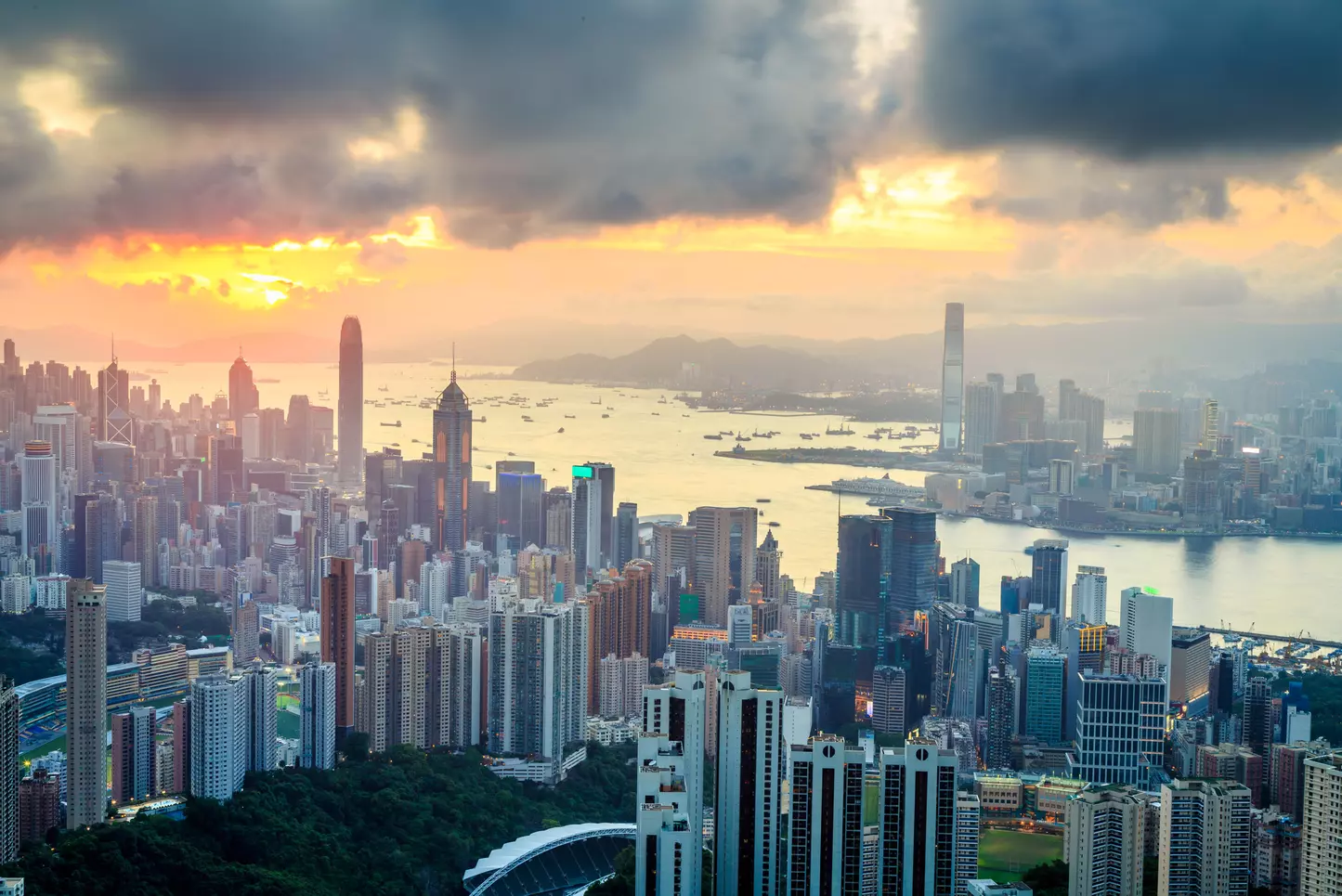In many cities, transport planners dream about a future when most people prefer to use public transit rather than drive a car. In Hong Kong, the future arrived early.
The Urban Mobility Readiness Index from Oliver Wyman and the University of California rated Hong Kong’s public transport system as best in the world — on the basis of modern infrastructure, innovation, efficiency, social impact and market attractiveness.
With 7.4 million residents, Hong Kong is a densely populated city and special administrative region in China, encompassing Hong Kong Island, outlying islands, Kowloon Peninsula and an adjacent area known as the New Territories. As a leading commercial port and financial hub, Hong Kong has the world's 43rd largest economy. It’s an economy that thrives on modern public transit services.
Hong Kong’s leadership in public transit is the outcome of government policies, multimodal investments, meticulous planning and a ‘rail plus property’ business model which fosters and sustains high levels of transit usage.
A public transit success story
Hong Kong residents and visitors benefit from a well-planned multimodal transit network with heavy rail, light rail, trams, buses and ferries which convey 9.7 million passenger journeys per day.
The world’s highest level of public transit usage — with 80% of residents preferring this mode of travel — is achieved in Hong Kong through:
- Integration of multimodal transit services with smooth transfers between transit networks
- Efficiency and reliability of service with trains running at intervals of a few minutes and on-time arrival rates of 99%
- Extensive public transit coverage with about 43% of employed people located within 500 meters from a transit stop
- Passenger-centric fares and ticketing with a contactless smart card enabling seamless payments across multiple travel modes
Efficient railway infrastructure and services represent the backbone of the city’s multimodal system and account for an estimated 40% of public transit journeys. MTR Corporation operates and maintains the mass transit railway (MTR) consisting of nine heavy rail lines, an airport express, a light rail system and an express rail link connecting with the national high speed rail network.
Hong Kong’s light rail system delivers transit services in the New Territories and carries more than 380,000 passenger trips per day. HK Tramways (founded in 1904) operates the world’s largest fleet of double-deck electric tramcars and provides services along the northern coast of Hong Kong Island. Peak Tram, the city’s first public transit system (operating since the 19th century), delivers funicular rail services to the upper level of Hong Kong Island. The city’s iconic Star Ferry provides convenient services to the Kowloon Peninsula, and multiple ferry operators offer services to outlying islands.
While the government promotes the benefits of Hong Kong’s railway-as-a-backbone strategy, franchised buses have an essential mobility role “as the city’s second largest carrier of passengers.” Modern bus service is an effective way to decarbonize road transport, according to Lawrence Iu, executive director of Civic Exchange (a Hong Kong public-policy think tank). Mr. Iu explains that “filling one double-decker bus with commuters removes at least 75 private cars from Hong Kong’s congested roads.” The potential to reduce air pollution through bus modernization is a big opportunity for the city. “The air pollution level in Hong Kong is still dangerously high,” despite the city’s attempts to improve air quality, says Mr. Iu, who believes the government should place more emphasis on decarbonizing the franchised buses.
Hong Kong’s Climate Action Plan provides financial support for green transport trials and acquisition of electric buses. This year, Alexander Dennis (a subsidiary of NFI Group) delivered next-generation double-deck electric buses to Kowloon Motor Bus Company, one of the city’s five bus operators, which also introduced new single-deck electric buses in 2022. Electrifying public transit is vital in Hong Kong’s vision to cut transport-related emissions and achieve carbon neutrality by 2050.
A unique public transit business model
MTR’s rail plus property (R+P) business model is a major factor in Hong Kong’s public transit success. This unique model of transit-oriented development and financing enables MTR to build a world-class transit system and operate as a self-sustaining entity — unlike most cities where public transport systems require government subsidies.
How does the R+P model work? For new rail projects in Hong Kong, the government approves land development rights at proposed depots and stations. After paying a land premium, MTR is allowed to convert the development rights, build rail infrastructure and work with private developers to construct new properties. MTR receives a share of profits from property development — which yields the financial capacity to invest in the public transit system.
In a pre-pandemic article, Jacob Kam Chak-pui, CEO of MTR Corporation, said “the MTR makes as much profit above ground, from property development, as it does from rail operations, making it one of the most profitable metro operators in the world.”
However, the pandemic and lockdowns had a severe impact on MTR. Mr. Kam said the company suffered “a total loss of $HK14bn from rail operations over the three years of the pandemic.”
But MTR proved its resilience. As the pandemic subsided, Mr. Kam said that “society is gradually returning to normal, and transport demand from local passengers and visitors is increasing.” In a recent press conference, he said local transit ridership has reached more than 90% of pre-pandemic levels.
